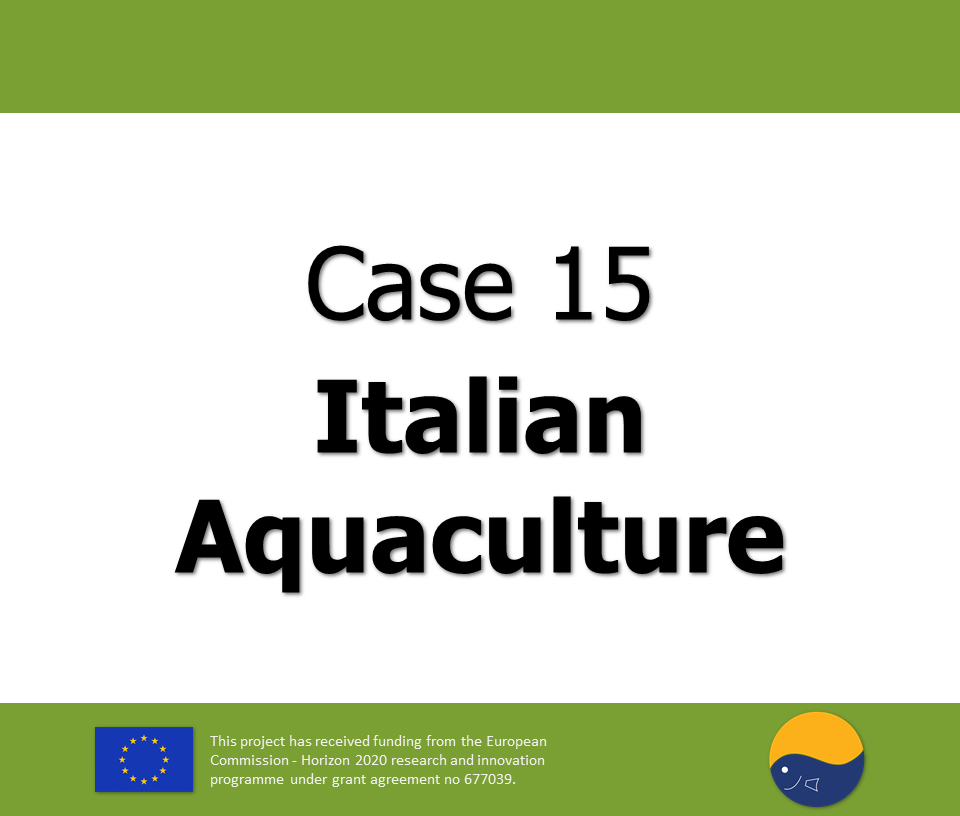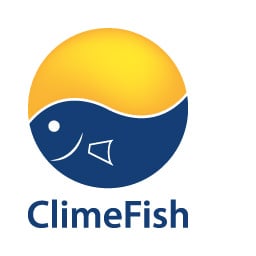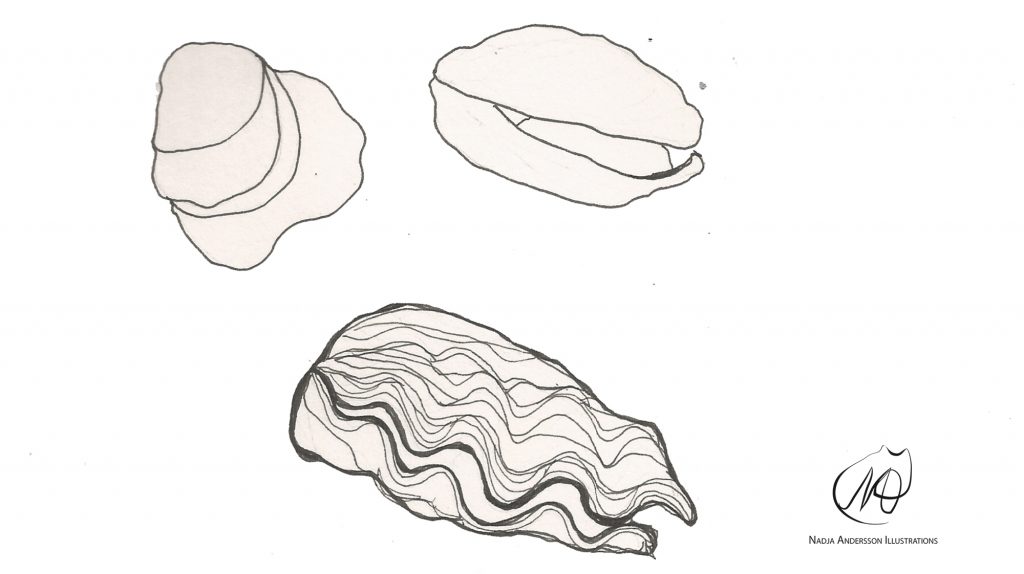Italian Aquaculture

Main results
- Climate models predict an increase of seawater temperature (1-2ºC by 2050) and barely significant changes in food availability.
- The impact of future water temperature and food availability showed opposite trends under the two explored climate scenarios (RCP 4.5 and 8.5) in terms of the time needed to reach commercial size.
- Variations in the time required to reach the commercial size, can directly affect the operational costs of farming (in terms of working days).
Effects of climate change
The main climate-related threats for this activity are related to the negative impact of extreme weather events on the mussel raft structures, the seed availability and possible harmful algal blooms. In mussel culture, suspended matter plays a crucial role in the farming activities, giving opportunity for feeding reared organisms. So, besides water temperature, other climate-related environmental variables affect mussels’ reproduction and growth, such as the rainfall regimes and runoff from rivers. Results from modeling highlighted that warming water and changes in terms of primary production are expected to directly influence mussel growth in the Northern Adriatic Sea.
Risks and opportunities
The main risks identified within Climefish, through the modeling simulations, are related to the modifications of the growth performances in Mytilus galloprovincialis, under different climate scenarios. The most significant change predicted is the increase of the Time needed to Reach the Commercial Size (TRCS) under the RCP4.5 scenario (till 28 days); whereas a reduction of the TRCS has been recorded under RCP8.5 (unmitigated increase in greenhouse gas emissions). Moreover, changes in mussels’ metabolic rates can affect the overall interaction of the farm with water column and benthic biogeochemistry in the area. Modifications in the faeces and pseudofaeces production, and their deposition, could influence benthic-pelagic coupling and the benthic food-web functioning.
Adaptation strategies
In the considered time-window, the main adaptations need to occur at the industry level, which should be ready to modify the production cycle to cope with new growth patterns. Moreover, given the effects of water quality on growth performance of the mussel, the decision makers should consider a possible reallocation of the farming areas in relation to spatial changes of the most productive areas.
Socio-economic outcomes
Predicting socio-economic outcomes from mussel aquaculture is challenging due to the multifaceted combination of factors to be considered: environmental, technical, legislative and economic. All this is well showed by the main findings about changes in the growth performances. The increase of Time required to Reach the Commercial Size of 5 days to 4 weeks, under RCP4.5, can produce a negative impact on the operational costs of farming (working days). On the contrary, the decrease of the TRCS of 8 days under RCP8.5, is expected to produce a positive impact on the operational costs of farming (working days).

C15 map



